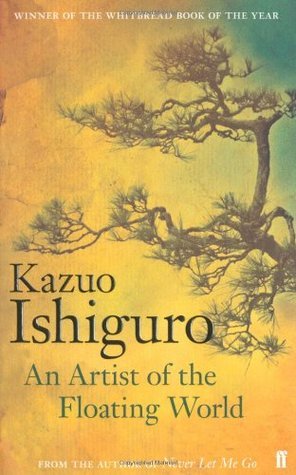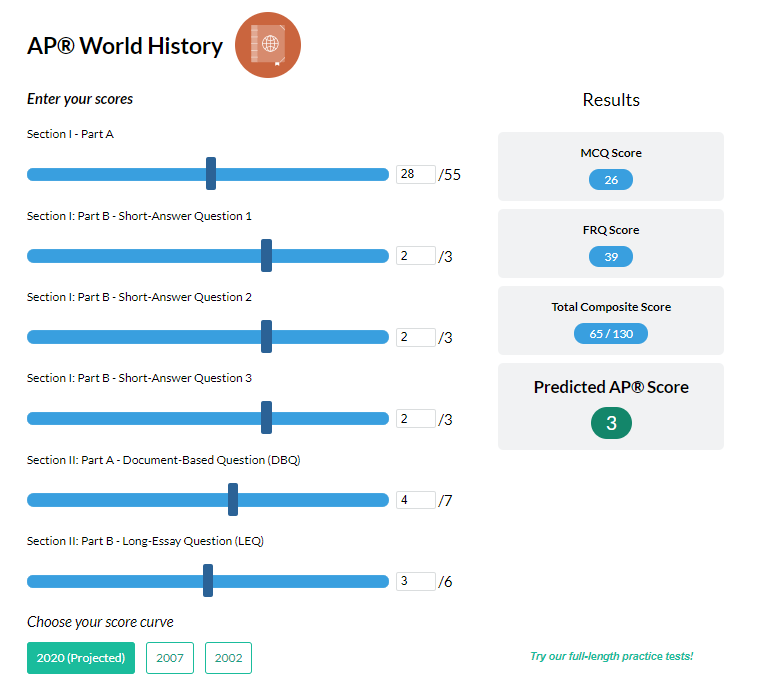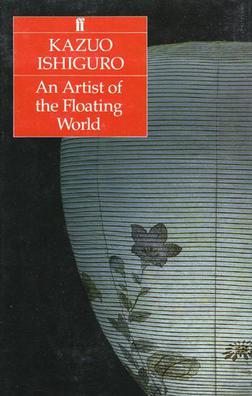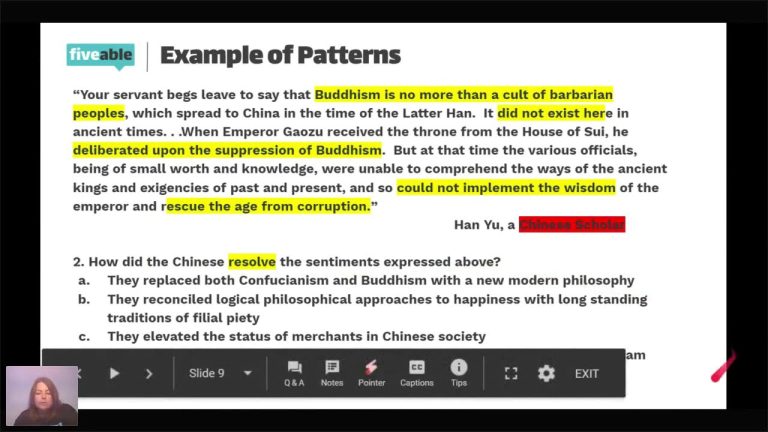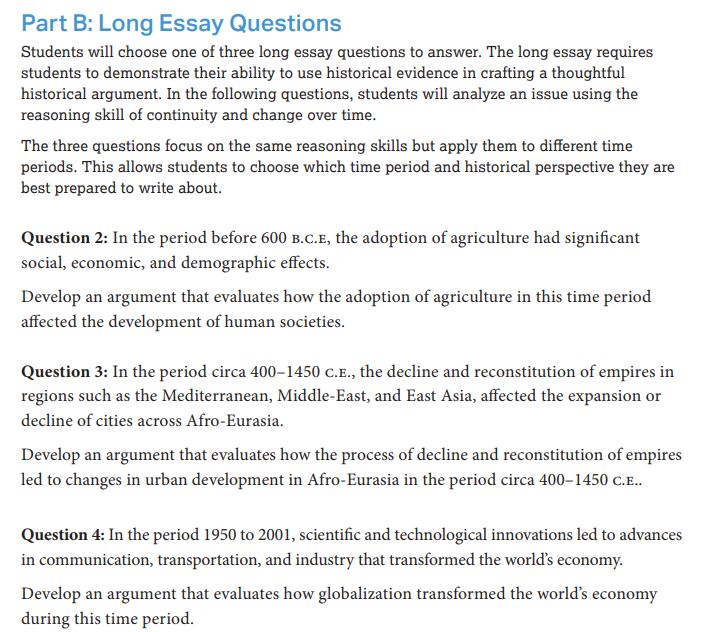An Artist Of The Floating World
An Artist of the Floating World is a novel by Nobel Prize-winning author Kazuo Ishiguro. The novel is set in Japan in the aftermath of the Second World War, and follows the story of an elderly Japanese man, Masuji Ono, who is reflecting on his past life as an artist and a political figure. Through his reminiscences we learn about his struggles with his own sense of guilt over his participation in the war and his efforts to find a way to reconcile his past with the present. The novel is an exploration of themes such as memory, regret, identity, and the power of art.
Overview of the Book “An Artist of the Floating World”
The novel “An Artist of the Floating World”, written by Nobel-prize winner Kazuo Ishiguro is a beautifully crafted story that explores the complexities of human relationships, the effects of war and the search for meaning in life. The novel follows the life of Masuji Ono, a respected elderly artist living in post-WWII Japan. Ono must reconcile with his past, as well as coming to terms with the fallout of his decisions during the war. The novel is a powerful exploration of the themes of memory, regret, and identity.
The novel follows Ono as he attempts to make sense of his life, his past, and his role in the world. Ishiguro’s writing is captivating and thought-provoking, as he delves deeply into the inner workings of Ono’s mind. Ono is a sympathetic character whose struggles and inner battles are portrayed in a way that allows readers to empathize with him. The novel is a stunning exploration of how the past can shape and influence a person’s present and future.
“An Artist of the Floating World” is a powerful and poignant story that will stay with readers long after they’ve finished the book. Ishiguro’s writing is masterful, and his ability to explore the depths of human emotions is truly remarkable. It is a must-read for anyone interested in literature, history, and philosophy.
Setting of the Book
In the novel An Artist of the Floating World, Kazuo Ishiguro takes us on a journey to post-war Japan. He introduces us to Masuji Ono, an elderly artist who is struggling with his feelings of guilt and regret for his involvement in the war. Ishiguro paints a vivid picture of the Japanese culture as it is in the aftermath of the war. Through Ono’s eyes, we get a glimpse into the changes that the country has undergone, and the struggles that the citizens are facing. Ishiguro’s detailed descriptions of the setting in An Artist of the Floating World give us a clear understanding of the physical and emotional landscape in Japan at the time.
From the bustling streets of Tokyo to the tranquil gardens in the countryside, Ishiguro creates a vivid and realistic world that readers can easily immerse themselves in. He also provides a unique insight into the lives of the Japanese people and the way in which they were affected by the war. Through the characters of Ono, his daughter Noriko, and their family and friends, we get an intimate view of the culture and traditions of post-war Japan.
Ishiguro’s careful crafting of the setting in An Artist of the Floating World creates an engaging and immersive story. Through his vivid descriptions, we get a clear view of the physical and emotional landscape of post-war Japan and the struggles and changes that the people faced.
Plot Summary
The Artist of the Floating World is a novel by Nobel Prize winner Kazuo Ishiguro set in post-WWII Japan, and follows the story of Masuji Ono, a retired artist who looks back on his experiences during the war. Ono is a former painter and teacher who is living in a small town outside of Tokyo in the 1950s. He was once a renowned artist, but his work now largely forgotten. As he reflects on his life, he realizes how his art and his choices during the war have shaped his current life.
Ono looks back on his past experiences and the people he has met along the way, including his daughter, his former students, and the people he has encountered throughout his life. He examines his relationships with them and comes to terms with the fact that his choices during the war were not necessarily the right ones. He also examines the effect of the war and its aftermath on Japan and how his art played a role in it.
The Artist of the Floating World is a powerful and thought-provoking novel about the consequences of war and how our choices have a lasting impact on our lives. It is a story of redemption, of understanding, and of learning to live with the past.

Character Analysis
When it comes to exploring the depths of human character, few authors do it better than Kazuo Ishiguro in his timeless classic, An Artist of the Floating World. Through the story of Masuji Ono, a Japanese painter, Ishiguro paints a vivid portrait of a complex individual living in a rapidly changing world. As the novel progresses, we gain a clearer understanding of Ono’s life and motivations, and the immense effect his decisions have on his relationships and the world around him.
Ono’s character is a fascinating blend of the old and the new. He is a proud master of a dying art form, yet he is eager to embrace modernity and the possibilities it brings. He is a man of immense pride and ambition, but his decisions are often guided by his desire to protect his family and legacy. He is a highly flawed individual, but one that is capable of immense growth and self-reflection.
Ishiguro’s skillful character development and exploration of themes such as identity, personal responsibility, and the power of memory make An Artist of the Floating World a powerful read. Through his nuanced characterization of Ono, Ishiguro creates a complex portrait of a man struggling to reconcile the past with the present. In the end, Ishiguro leaves us with a thought-provoking exploration of the human condition.
Themes and Symbols
The Artist of the Floating World by Nobel Prize-winning author Kazuo Ishiguro is a novel that explores themes of identity, loss, and the power of memory. The novel follows the life of Masuji Ono, an aging artist who is struggling to come to terms with the consequences of his past actions in World War II. Through the use of symbols, Ishiguro illustrates the themes of the novel.
The artist’s house, for example, is a recurring symbol throughout the novel. It symbolizes Ono’s past, his present, and his future. In the past, it was home to his successful art career; in the present, it is a reminder of his past acts of war; and in the future, it is a symbol of the change that Ono must make to reconcile his past and present. The house also symbolizes Ono’s efforts to create a new identity for himself.
The journal entries of Ono’s daughter, Noriko, are also used as a symbol. They serve as a reminder of Ono’s obligations: to both the past and present. They reveal his daughter’s struggle to understand her father’s actions and come to terms with the consequences of those actions.
Finally, the novel’s title, The Artist of the Floating World, is a metaphor for the changing landscape of post-war Japan. Ono is an artist of the floating world—not only in the literal sense of creating art, but also in the figurative sense of his ability to adapt to changing times and to create a new life for himself.
The Artist of the Floating World is a powerful and moving exploration of the themes of identity, loss, and the power of memory. Through the use of symbols, Ishiguro illustrates these themes and allows us to gain insight into the struggles of Ono and his daughter.
Critical Reception of the Book
Often regarded as a modern classic, An Artist of the Floating World by Kazuo Ishiguro has been praised for its subtle yet powerful story. Published in 1986, the novel tells the story of Masuji Ono, an elderly artist reflecting on his life from the perspective of post-World War II Japan. Through Ono’s story, Ishiguro explores the themes of guilt, regret, and the effects of war on personal relationships.
The novel has been widely lauded by critics, who have praised its delicate treatment of its subject matter and its exploration of moral ambiguity. The New York Times praised the novel as a “beautifully written and affecting story” and lauded Ishiguro’s ability to “bring an entire culture to life.” Other critics have praised the novel for its evocation of post-war Japan, its exploration of the individual’s role in history, and its “subtle but powerful critiques of Japanese society.”
An Artist of the Floating World has won several awards, including Book of the Year from the British Book Awards in 1987 and the Whitbread Book of the Year Award in 1986. It was also shortlisted for the 1986 Booker Prize. The novel’s success has made Ishiguro one of the most celebrated authors of his generation.
Overall, An Artist of the Floating World has been well-received by both critics and readers alike. Its captivating story and powerful themes have resonated with readers for decades, making it a modern classic in literature.
FAQs About the An Artist Of The Floating World
1. What is the main theme of “An Artist of the Floating World”?
The main theme of “An Artist of the Floating World” is the struggle of an aging artist to come to terms with his past and find a way to reconcile his memories and his current circumstances.
2. Who is the author of “An Artist of the Floating World”?
The author of “An Artist of the Floating World” is Kazuo Ishiguro.
3. When was “An Artist of the Floating World” published?
“An Artist of the Floating World” was published in 1986.
Conclusion
In conclusion, An Artist of the Floating World is a thought-provoking novel that explores the complexities of life in post-war Japan. Through the story of Masuji Ono, readers get a glimpse into the struggles of a man who must reconcile his past with his present. As the narrative progresses, readers are forced to consider their own lives and how they, too, must navigate the ever-changing waters of life. Ultimately, this novel is a powerful statement on the importance of understanding our past in order to move forward into the future.
